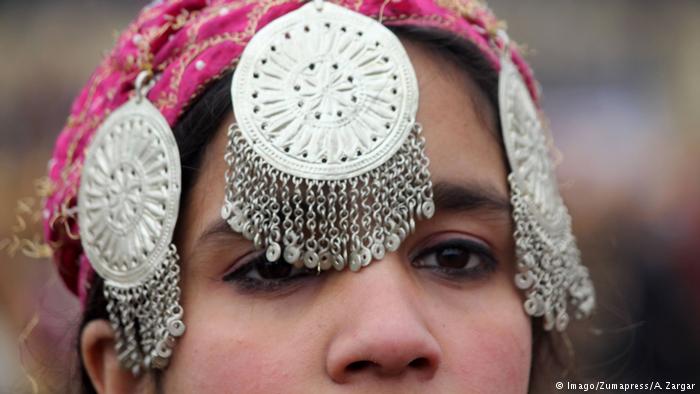Women and vitamin D deficiency

The popular saying “some sun will do you good” was coined for a good health reason. Although it generally gets less attention than its close cousin vitamin C, vitamin D also plays an important role in our health.
According to an article published in the British Journal of Family Medicine in 2015, vitamin D is the “collective term for a small number of fat-soluble steroid hormones needed for the intestinal absorption of calcium, magnesium and phosphates, and without which blood levels of these chemicals will fall”.
When our body is exposed to sunlight, vitamin D is produced. This helps our bodies to absorb and maintain sufficient amounts of calcium and phosphate which are necessary for maintaining bone health for example.
Vitamin D deficiency is particularly a problem in northern climates with long, dark winters.
Signs of deficiency include fatigue, muscle weakness or pain, general aches and pains, hair loss, depression and irritability.
Severe deficiency can lead to bone disease, known as rickets in children or osteomalacia in adults.
Vitamin D has also been linked to a number of chronic diseases, as well as heart disease, cancer, inflammation and autoimmune illnesses.
The research of Dr Erin Michos, associate director of preventive cardiology at the Johns Hopkins Ciccarone Center for the Prevention of Heart Disease, has shown that people with low blood levels of vitamin D have a greater risk of a heart attack, heart failure, stroke, diabetes or high blood pressure.
She has also found that low vitamin D levels in pregnant women are linked to pre-eclampsia, gestational diabetes and other pregnancy-related problems.
It is advised that women who are pregnant or lactating, perimenopausal or diagnosed with osteopenia (reduced bone density), osteoporosis or other skeletal disorders should be monitored for vitamin D deficiency.
The Mayo Clinic recommends a dietary allowance for adults of 600 international units (IU) of Vitamin D a day. For those aged 70 and above, this amount goes up to 800 IU a day.
Two of the main causes of vitamin D deficiency are the lack of exposure to direct sunlight and the overuse of sunscreen.
Furthermore, the production of vitamin D requires a healthy liver and kidney so people with liver and renal disease can also suffer from a deficiency. Genes are of course also important.
High-risk groups include people who are obese because vitamin D gets trapped in fatty tissue and cannot be used by the body, people with darker skin pigmentation and people over 65 because the body’s ability to absorb vitamin D reduces with age.
Though only 10 percent of vitamin D is derived from food, you can boost your intake by eating certain foods, including oily fish such as sardines, mackerel and herring, as well as tuna, salmon, trout and eel, eggs, offal, milk and butter.
And if all else fails, take in some sun and do some exercise!
Author: Elle Wong (act)
–






